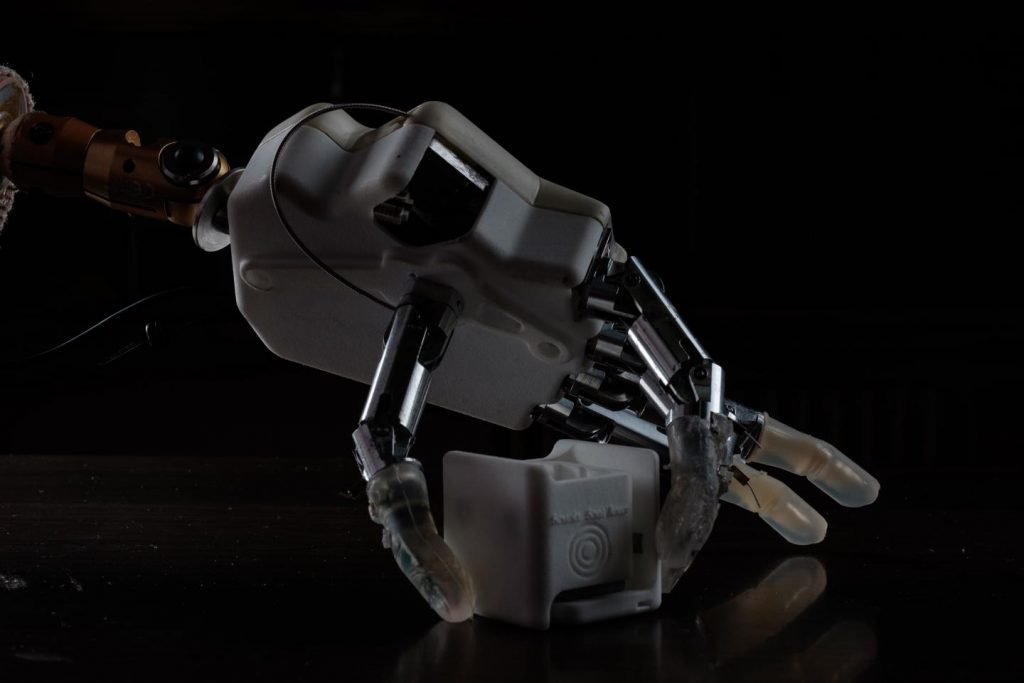Researchers created a prosthetic hand that helps patients who suffered a limb loss to regain the sensation of movement. A team of Italian and Swiss researchers made extraordinary progress in the field of prosthetics and enabled amputees to restore the feeling of proprioception.
How the New Prosthetic Works
Researchers from the A. Gemelli University Polyclinic in Rome, Sant’Anna School of Advanced Studies in Pisa and École Polytechnique Fédérale de Lausanne in Lausanne completed a ten-year study on bionic hands. The new prosthetic allows patients to pick an object off a table and to ascertain its consistency, shape, position and size without the need to look at it.
According to Neuroscience News, “the prosthesis has been successfully tested on several patients and works by stimulating the nerves in the amputee’s stump. The nerves can then provide sensory feedback to the patients in real time – almost like they do in a natural hand.”
The research team led by Paolo Maria Rossini, director of neuroscience at the A. Gemelli University Polyclinic in Rome and Silvestro Micera, a professor of bioengineering at EPFL and the Sant’Anna School of Advanced Studies, published the work in Science Robotics journal.
Current prosthetic devices allow patients to restore voluntary motor control with the help of muscle function in their forearm. Since there’s a lack of sensory feedback in the forearm, they have to visually experience the object as well, thus making it unnatural.
Micera said that the study “shows that sensory substitution based on intraneural stimulation can deliver both position feedback and tactile feedback simultaneously and in real time.” The stimulation he talks about establishes the connection between the brain and the external information.
The process of stimulation starts by inserting electrodes directly into the patient’s stump. After the procedure, patients have to train and learn how to feel the pulses and turn them into proprioceptive and tactile feelings.
What the Future Brings
According to Verdict’s article, “when assessed, two amputees were able to regain high proprioceptive acuity, with results comparable to those in healthy subjects.” The high level of accuracy in determining the shape and size of an object without looking at it shows that we might see this kind of method being applied to every person who suffered a limb loss.
Image Credit: Luca Rossini via EPFL






